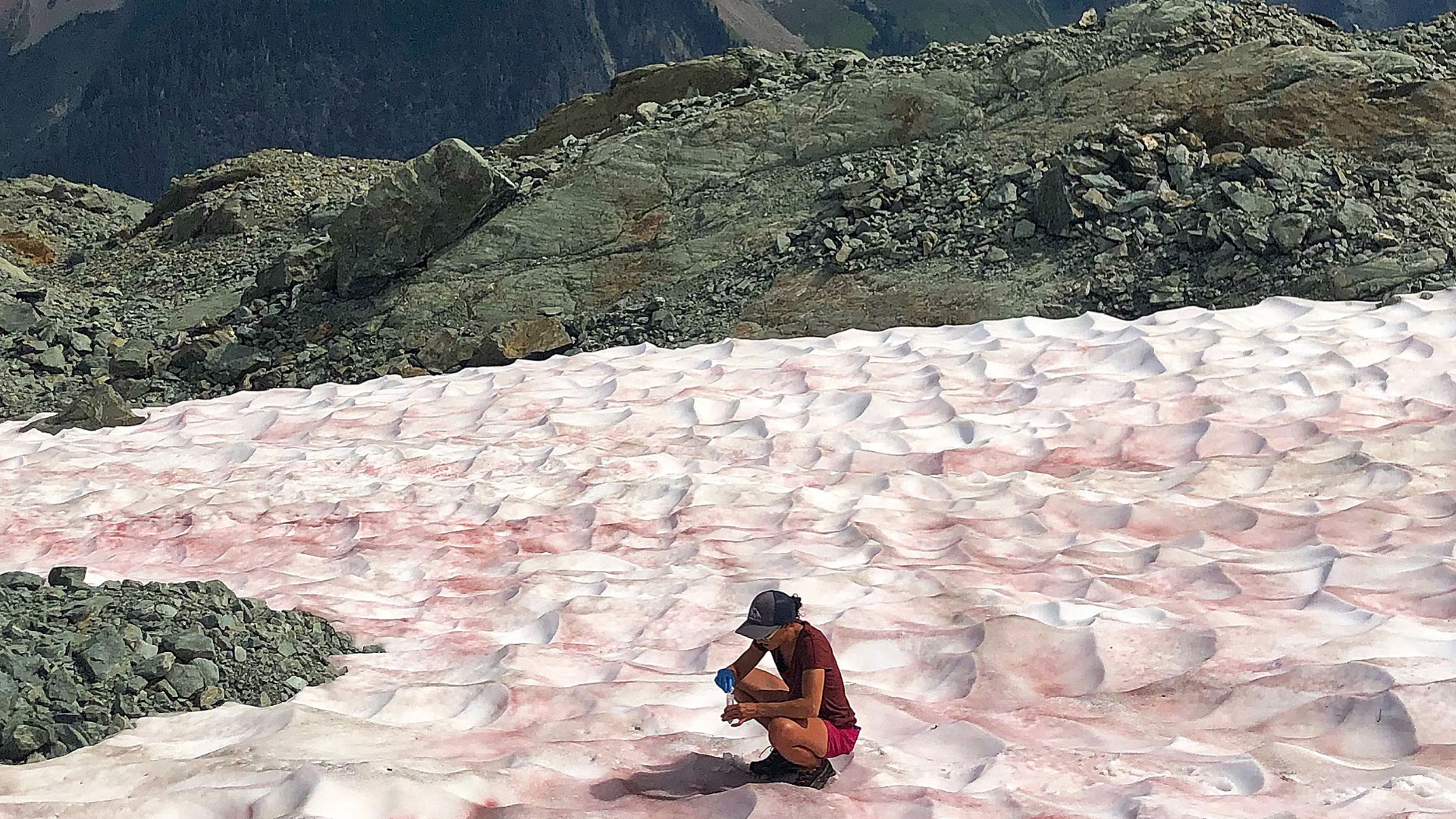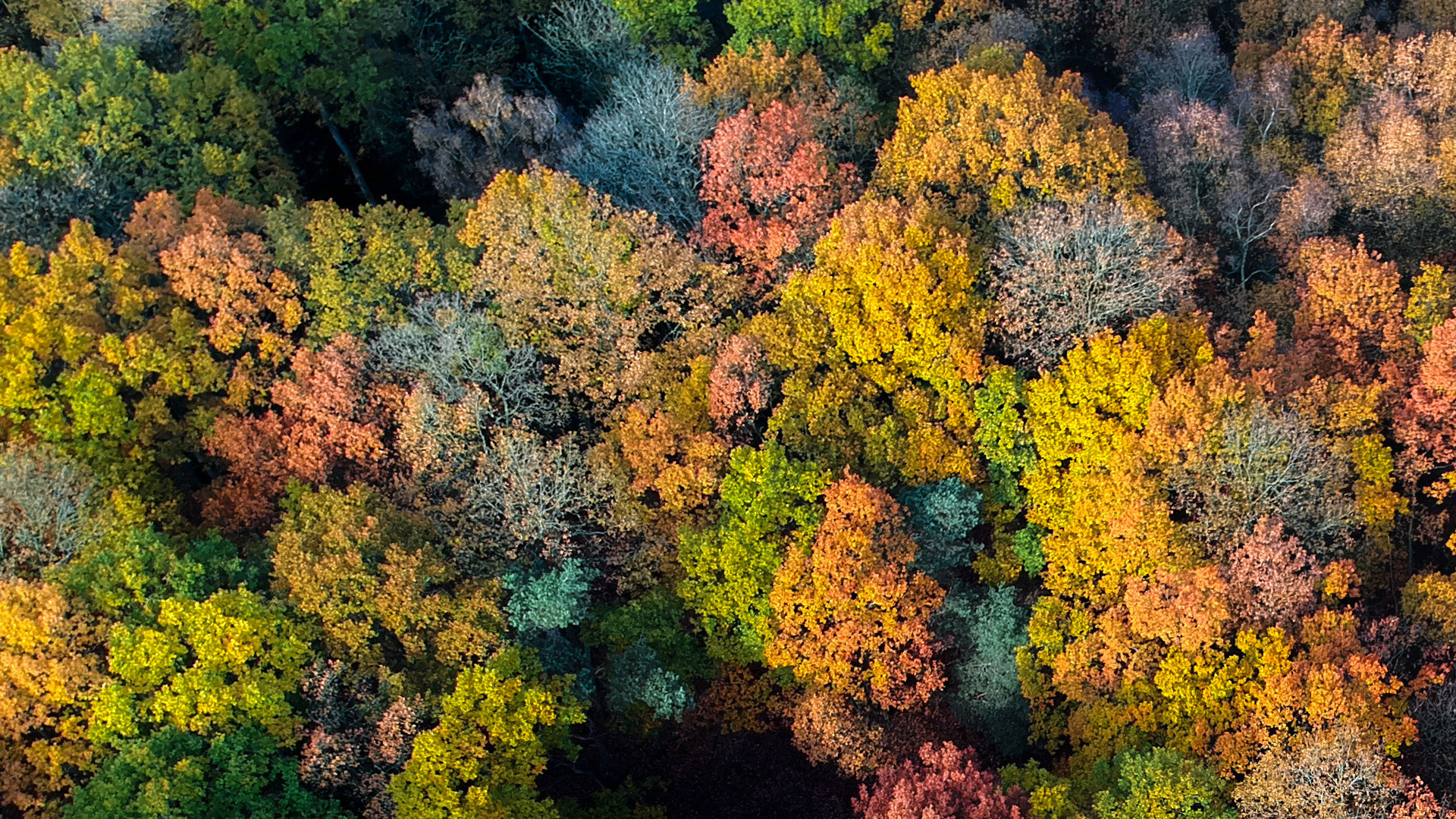BBC Earth newsletter
BBC Earth delivered direct to your inbox
Sign up to receive news, updates and exclusives from BBC Earth and related content from BBC Studios by email.
Plants
Caring for our planet and finding solutions to the environmental threats it faces are pressing concerns for many of us. A growing number of people are now joining the effort to build a sustainable future by becoming citizen scientists.
Motivated volunteers of all ages and backgrounds are making a vital contribution to science by collecting, sharing, and analysing information about the natural world. This urgent work supports researchers tackling the global climate crisis, allowing them to access and learn from massive amounts of data. This, in turn, builds knowledge, drives new discoveries and shapes environmental solutions and policies. Research on this scale would be impossible without citizen scientists’ help.
The idea that non-scientists have a role to play isn’t new. In the 19th century, Charles Darwin gathered the observations of amateur naturalists around the world, often in the form of handwritten letters.1 This “crowdsourced” data-collection effort supported his work on evolution. Technological advances, however, have seen the scientific input of ordinary people boom in the past decade or so. The internet, the exponential growth of data, smartphones, GPS, and cloud storage have all transformed the accessibility and impact of citizen science.
The work can involve an array of tasks and varying levels of involvement: from uploading global sightings of at-risk plant life and mapping land use in Cameroon to monitoring road construction in Indonesia and tracking the impact of extreme weather in Brazil. Participants can pick projects that fit their lifestyles. Some upload occasional observations from nature walks or holidays, others sign up for on-going field and monitoring work. Being a citizen scientist is an accessible, powerful and often enjoyable way to support a greener future – and projects are happening all over the world.

Citizen scientists are able to use SeagrassSpotter - a global conservation and education tool produced by a team of scientists from Cardiff and Swansea Universities in the UK - to help monitor a critical underwater plant that is facing multiple threats.2
Seagrass grows in shallow meadows around the coast. It provides food and shelter for marine life, acts as a nursery for fish species, and helps the fight against climate change by absorbing carbon. However, seagrass meadows are now being lost due to storm damage, increased sedimentation, and the effect of humans, such as pollution.3
The SeagrassSpotter app allow allows people to upload seagrass sightings. Online resources and an interactive map also help users to identify different species and learn more about seagrass, while the collected data supports the researchers’ efforts to better understand and protect this threatened marine species.
Researchers from the Laurance Lab at James Cook University in Australia are seeking citizen scientists in the Asia-Pacific region to help them digitise new and unmapped roads on Google Earth.4 The aim is to limit the impact of road development on biodiversity and promote planning that benefits communities.
The research team – which includes environmental scientists and agricultural specialists – is asking volunteers to contribute by mapping and classifying new roads on Google Earth, using datasets it provides.
The mapping work supports the team’s efforts to raise awareness of the negative impact of some roads and encourage planners to construct roads in areas that bring positive social and economic outcomes, but with minimal cost to the environment.5 The team recently published proposals to re-route a mining road in Indonesia to reduce harm to endangered orangutans, Asian elephants, and Sumatran tigers.6

App A lack of robust housing and sanitation infrastructure within some communities in flood-prone parts of Brazil makes them especially vulnerable to devastation from extreme weather events. The Dados à Prova D’Água – or Waterproofing Data – project has launched an app to help people in affected areas.
The app allows people to generate and visualise data about rainfall and flooding in their neighbourhoods; it was developed in collaboration with communities and tested by school students, teachers and residents. The data will be used to help predict flooding and develop strategies for building sustainable, flood resilient communities.
The Waterproofing Data Project is a collaboration between the National Centre for Monitoring Natural Disasters Alerts and the Getulio Vargas Foundation in Brazil, the universities of Glasgow and Warwick in the UK, and Heidelberg University in Germany.7 The app has been launched in Brazil with the aim of rolling it out to other flood-threatened areas globally in the future.

Based at Western Washington University in the United States, the Living Snow Project is asking outdoor enthusiasts in alpine environments to help build the world’s largest database of snow algae bloom, or “pink snow”.
Pink snow is a natural phenomenon caused by snow-dwelling algae that release red pigment as sun gets stronger after winter. It can be an impressive sight. However, as the darker colouring absorbs – rather than reflects – increased solar radiation, pink snow can harm fragile ecosystems by speeding up glacier and snow melt.8
Lovers of the outdoors can become citizen scientists by recording their pink snow sightings. The data will help scientists study species’ blooms and distribution, track changes over time and look at correlations with atmospheric conditions and climate change. Global participants can upload pink snow photos and GPS coordinates via an app; those in the local area can drop-off samples for DNA sequencing.

Restor is a global platform that allows people to share and monitor their nature conservation and restoration projects. Users, such as local communities, businesses and NGOs, can start their own projects and contribute to existing ones.9
The platform allows citizen scientists to upload photos and data files, and to search interactive maps containing data on specific sites such as local biodiversity and annual rainfall. Other resources include satellite imagery, project tracking tools and an active community area where users collaborate and share knowledge.
The not-for-profit project was developed in 2020 by the Crowther Lab at ETH Zürich, Switzerland, in collaboration with Google. It now contains thousands of nature-based projects spanning sites and ecosystems around the world, from forests and coastlines to wetlands and grasslands.

The popular iNaturalist network allows people to record observations from the natural world. Photos and sound files can be uploaded via an app and stored in the cloud; the result is a global community of nature lovers that crowdsources identifications, shares information, and chats about encounters with nature.10
The network was built by the California Academy of Sciences and the National Geographic Society, and is focused on promoting citizen science. Observations are shared with data repositories, such as the Global Biodiversity Information Facility, and can be accessed by scientists around the world. iNaturalist members can also search and contribute to citizen science projects, or even start their own.11
The global climate crisis affects everyone. Becoming a citizen scientist means joining an ambitious, collaborative endeavour to find solutions that will benefit our planet and all of society.
This article was commissioned as part of 'Our Green Planet'. This is a digital initiative, from BBC Earth in association with The Moondance Foundation, to raise awareness for the beauty and fragility of our planet’s green ecosystems. Discover more here. #OurGreenPlanet.
Featured image © Afriadi Hikmal
1. Darwin’s Letters: Collecting Evidence, 2. Project Seagrass, 3. Why Seagrass? 4. Volunteers are needed to digitize new roads in the Asia-Pacific from home, 5. A global strategy for road building, 6. Rerouting a major Indonesian mining road to spare nature and reduce development costs, 7. The Waterproofing Data Project, 8. What are snow algae?, 9. Restor Founding Networ, 10. iNaturalist, 11. Global Biodiversity Information Facility